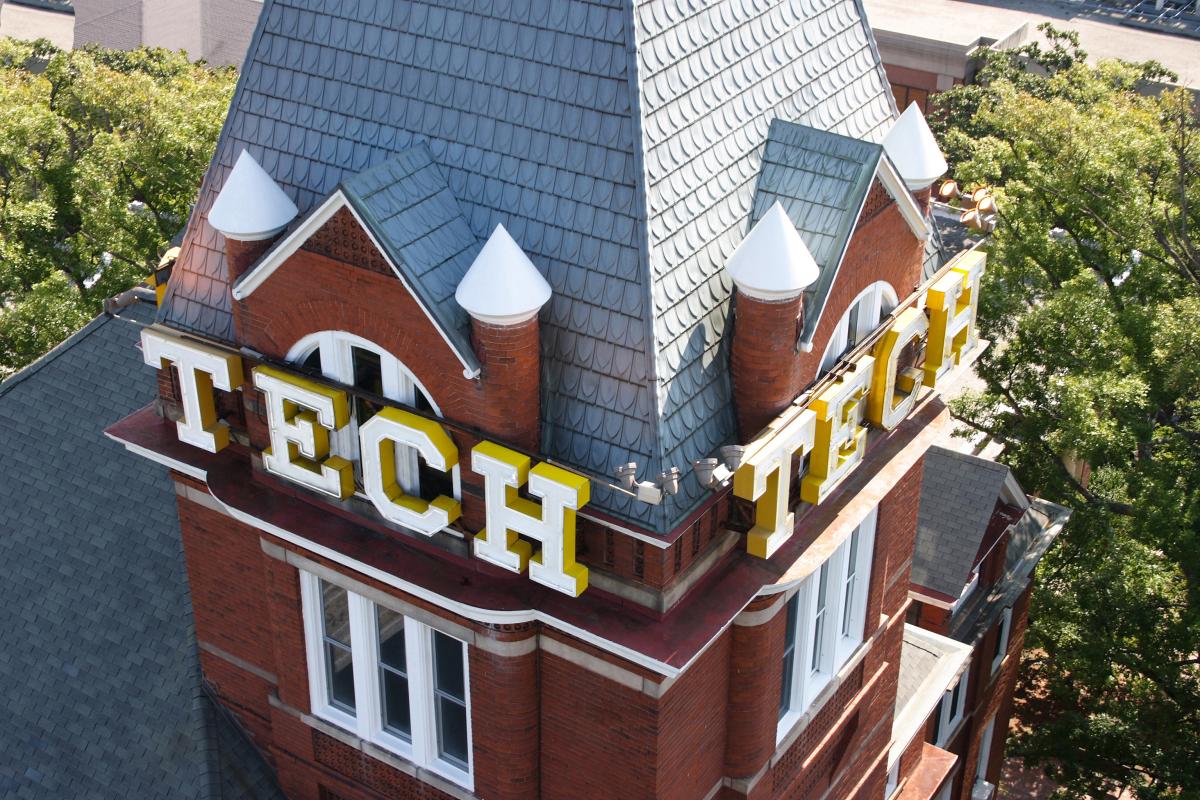
Dr. Allen R. Tannenbaum, professor in the Wallace H. Coulter Department of Biomedical Engineering at Georgia Tech and Emory University, and Dr. John Xerogeanes, chief of the Emory Sports Medicine Center, have developed 3-D MRI technology that allows surgeons to pre-operatively plan and perform anatomic anterior cruciate ligament (ACL) surgery.
ACL tears are one of the most common injuries in children who participate in sports including football, basketball, soccer and gymnastics. Traditional treatment for ACL injuries in kids has been rehabilitation, wearing a brace and staying out of athletics until the child stops growing - usually in the mid-teens - and ACL reconstruction surgery could then safely be performed.
The ACL is one of the four major ligaments in the knee, somewhat like a rubber band, attached at two points to keep the knee stable. In order to replace the ligament, surgeons create a tunnel in the upper and lower knee bones (femur and tibia), slide the new ACL between those two tunnels and attach it at both ends. (The new ligament is typically taken from either a hamstring tendon or allograft tissue, which is donor material.)
Prior to using the 3-D MRI technology, ACL operations were conducted with extensive use of X-Rays in the operating room, and left too much to chance when working around growth plates. With this new technology, surgeons can actually see from one point to the other on either side of the knee, and can correctly position the tunnels where they will place the new ligament. The surgery can be done in less time than the traditional surgery, and with confidence that the growth plates in young patients will not be damaged.
